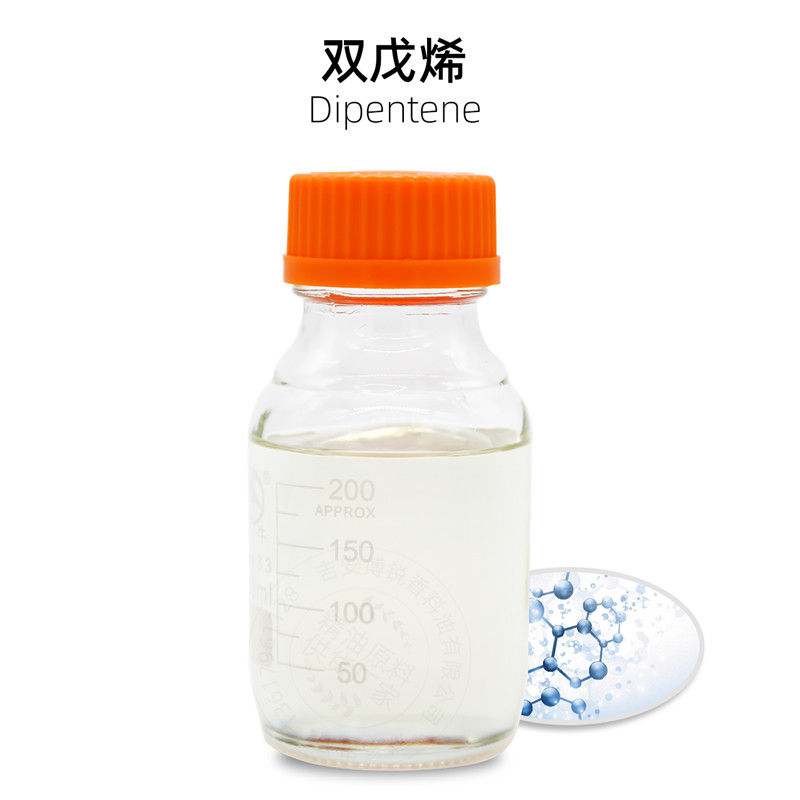The Dangers Of Dipentene
Dipentene is a highly flammable chemical, it has a certain degree of danger. Here are the dangers of dipentene:
Fire and explosion risk: dipentene is a flammable substance capable of burning rapidly upon contact with an ignition source. Risk of burning in case of high heat and open flame. Reacts violently in contact with an oxidant. In case of high heat, polymerization reaction can occur, release a lot of heat and cause container rupture and explosion accident. Its vapors can form flammable mixtures that may explode when the concentration in the air exceeds its explosive limit. Therefore, care must be taken to prevent sparks, open flames or high temperature ignition sources when handling dipentene.
Health effects: dipentene poses some health risks to humans. Inhalation or oral body is harmful to health. It can irritate the eyes, mucous membranes and respiratory tract. Long-term exposure to high concentrations of dipentene may cause damage to the respiratory system, central nervous system and skin. The vapors of dipentene can cause irritating symptoms such as eye and respiratory irritation, headache, dizziness and difficulty breathing. High exposure may also cause neurotoxicity and central nervous system inhibition.
Environmental impacts: dipentene releases and spills may have negative environmental impacts. It may pollute water, soil and air, with toxic effects on aquatic life and terrestrial ecosystems.
Because of these dangers, proper safety measures must be taken when handling, storing and transporting dipentene. This includes using explosion-proof equipment during operation, providing a good ventilation system, avoiding fire sources and following relevant regulations and safe operating procedures. Quickly evacuate the contaminated area to the safety zone, and quarantine, strictly restrict access. Cut off the fire. Emergency personnel are advised to wear self-contained positive pressure breathing apparatus and chemical protective clothing. Cut off the source of leakage as much as possible. Prevent the flow into the sewer, flood drainage ditch and other restricted Spaces. Small amount of leakage: absorption with activated carbon or other inert materials. It can also be scrubbed with a emulsion made of a non-combustible dispersant, which is diluted and placed in the wastewater system. A large number of leaks: build a embankment or dig a pit to receive. Cover with foam to reduce steam hazard. Transfer to tank car or special collector with explosion-proof pump, recycle or transport to waste disposal site.
